Crackography, 2018-2019
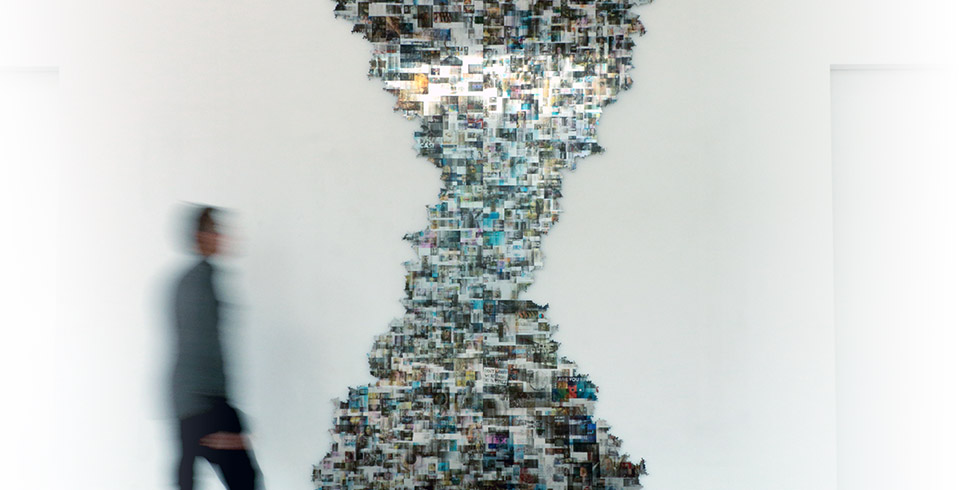

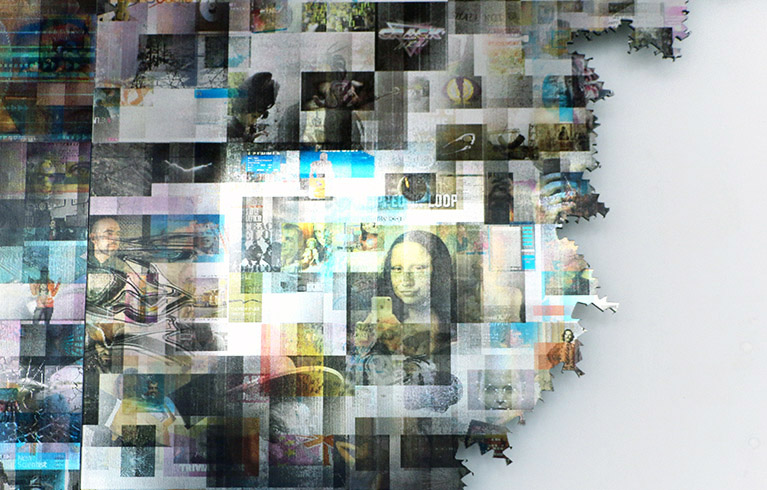
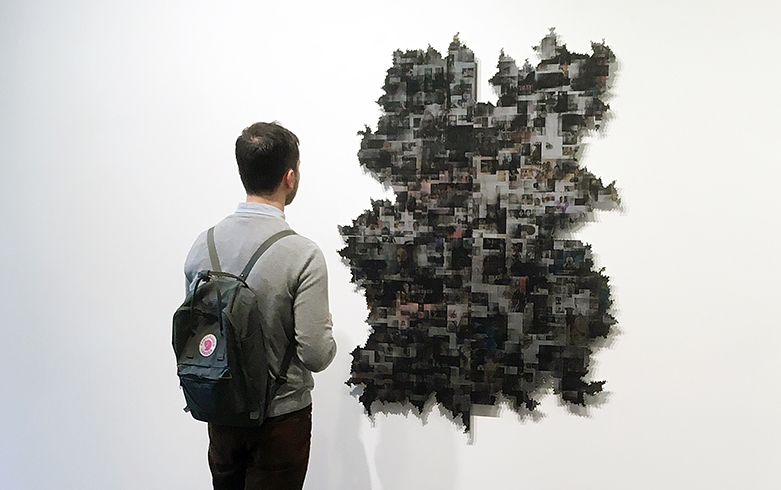
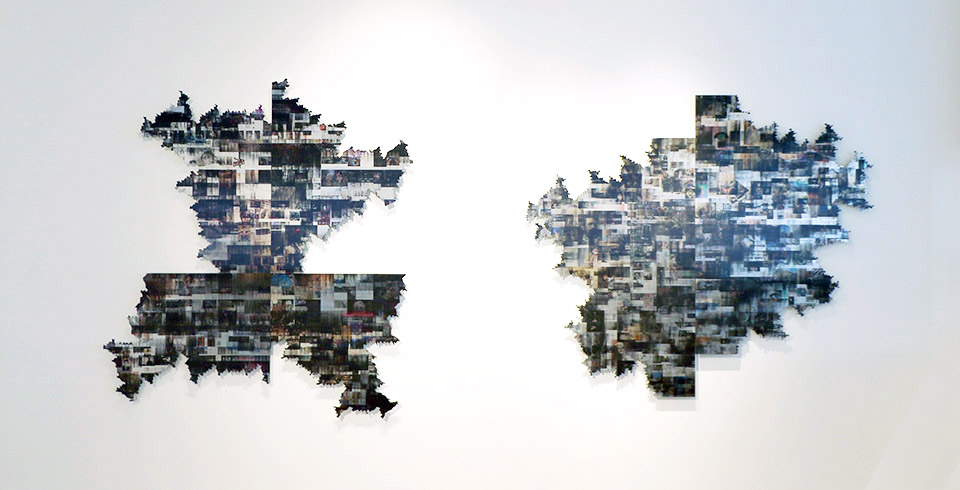


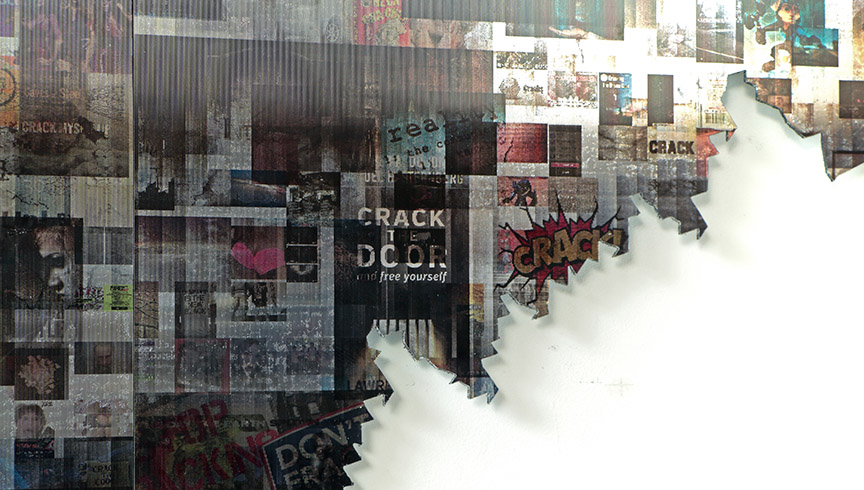
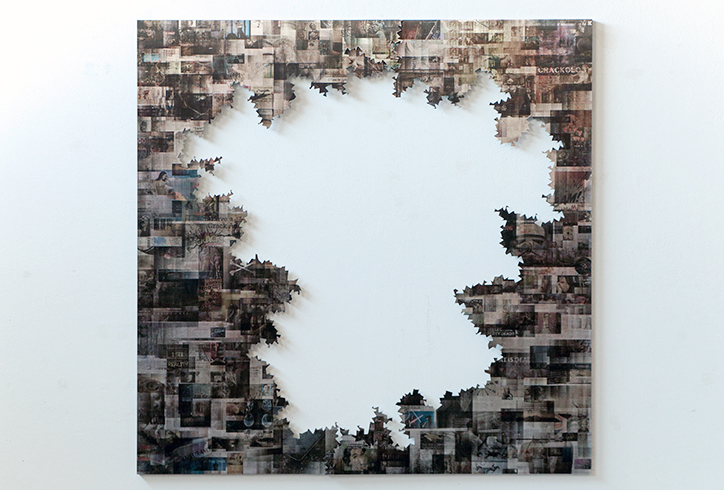
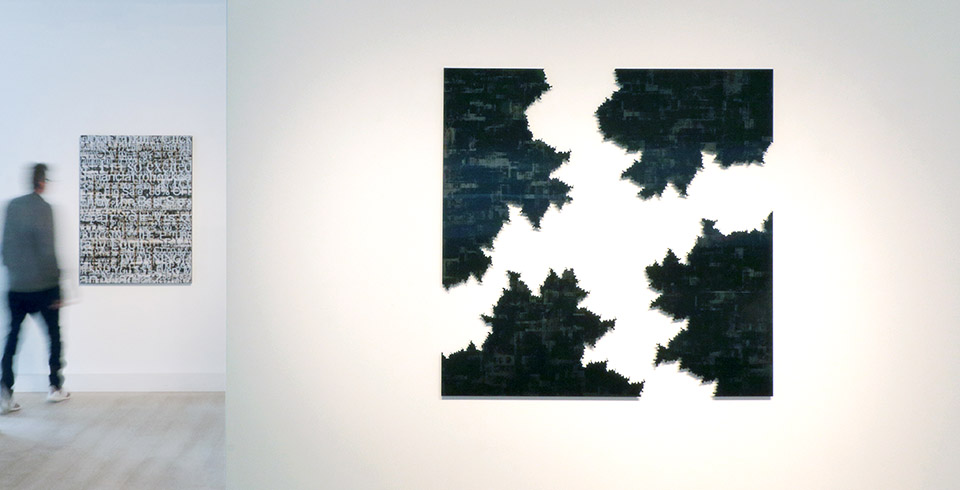

For Pascal Dombis, ‘Crack’ constructs a major paradigm of our time. Through the multiple ongoing crises – political, financial, technological and ecological – we observe that the entire Western environment seems to be in cracks: the world is cracking, Wall Street is cracking, God is cracking, man is cracking … and art is also cracking !
Dombis has been using Google in his creative process because for him it is the most accessible visual embodiment of how Algorithms, Big Data and Artificial Intelligence are affecting/impacting our lives today. For several years, he has been collecting images from Google Image Search, by googling a small set of keyword – like Google, Control, Crack, … – on a routine monthly basis, leading to an accumulative data of millions of images. What interests him in this collection process is how these images relate to each other, and what the meta-picture or the meta-story is telling us. To what extent they are representative of the internet image flow and how they address issues related to the control mechanism of our interpretations. The whole paradigm of our relationship with images has changed, the Internet generates a profusion of images in which there is nothing to see.
To present this work, Pascal Dombis is using lenticular which is one of his favorite materials because it allows him to stack a large number of images and to produce a surface full of unexpected visual effects. By employing much more images than necessary, he maximizes the conditions for visual accidents and create room for fuzziness, tremor or chance that he likes to confront with the cold and almost-too-perfect digital process. The material allows Dombis also to play with the viewer’s gaze. Depending on her/his position, the visual experience is never the same. Reading digital images becomes quite different from the conventional retinal vision of images. Images are circulating, they are continuously flowing. And the viewer’s gaze becomes also more and more dynamic, there is no longer a distance from the images, we are immersed into them and we fall in the digital images. For him, the lenticular material also questions this new paradigm on the reading images by bringing a physical and time related experience, where the viewer needs to move in order to see.
From the hundreds of thousands of googled images collected, a random selection is printed on lenticular and then stuck onto mirror metal sheet. The mirror background tends to erase the images and transform them in a large monochromatic metallic picture. But there are still some traces, some shadows, some ghost-images, visible from the side angles and the outside light reflections. And these ghost shadows reveal a kind of negative intensity, saying that something is about to disappear. The lenticular surfaces are then digitally cut using different cracking patterns in different parts. Then Dombis assemble the different cut parts to create some shapes that echo to maps of imaginary territories that would have been the outcome of seismic cracks.
Pascal Dombis’ lenticular Crackography invite the viewer to immerse himself or herself in the cracks of our time. This series tends to create a mirror-image, a meta-image that conveys the feeling that behind each image there is something that is cracking and is about to disappear.Like in Francis Scott Fitzgerald’s The Crack-Up, Dombis invites us to an aesthetic feast which is also an act of individualized resistance to global forces: ‘By God, if I ever cracked, I’d try to make the world crack with me. Listen! The world only exists through your apprehension of it, and so it’s much better to say that it’s not you that’s cracked—it’s the Grand Canyon’.